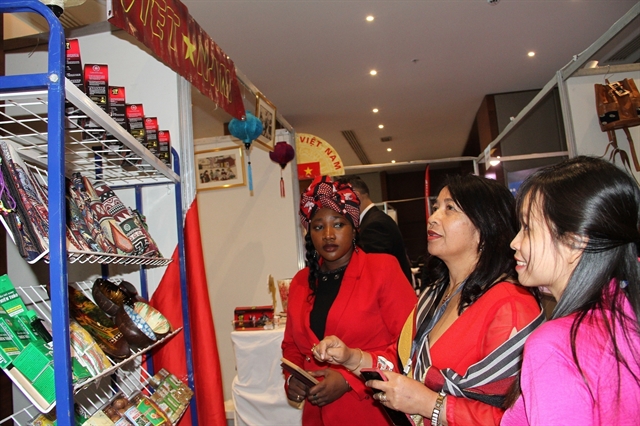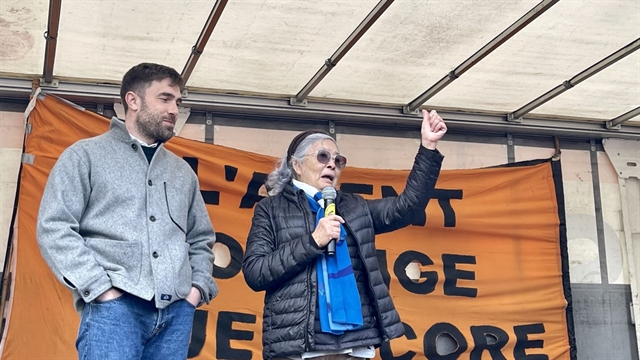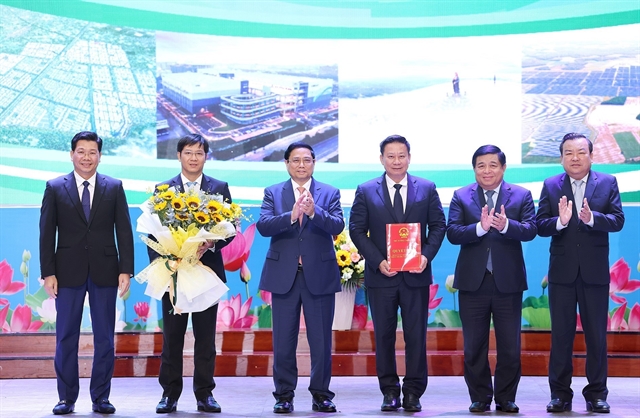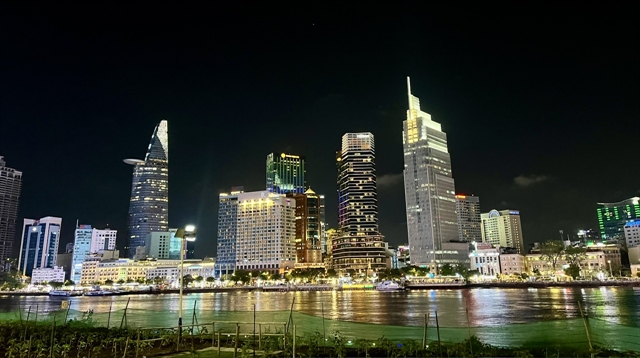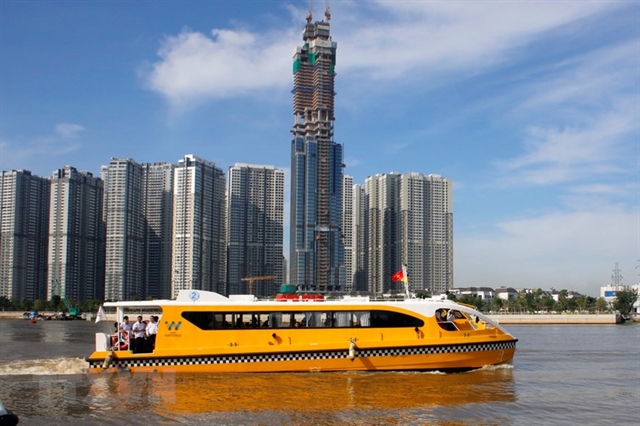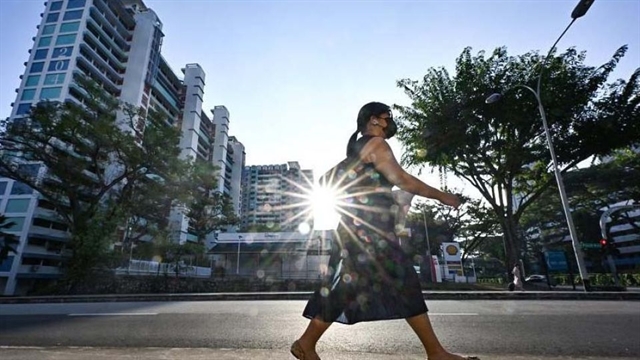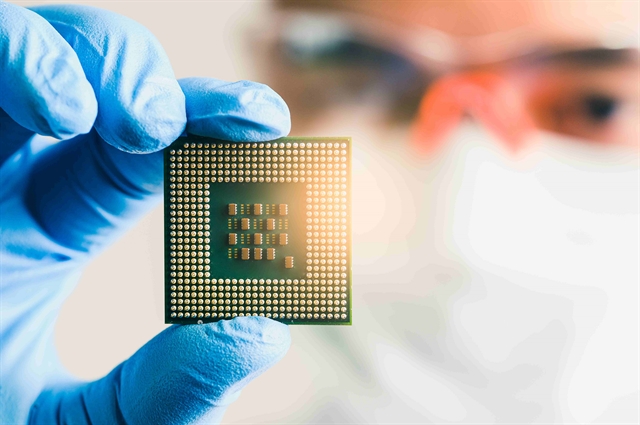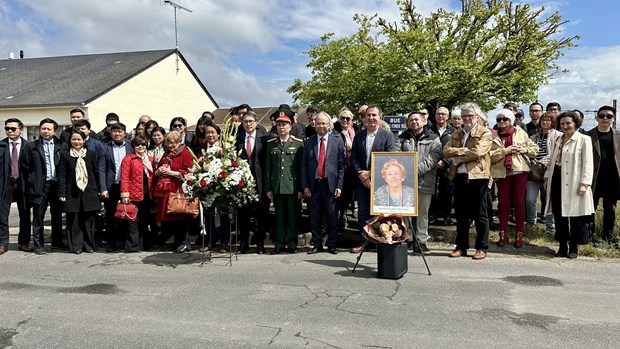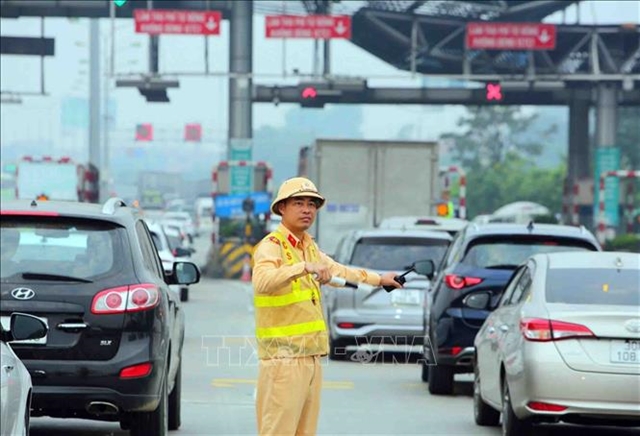 Society
Society
.jpg)
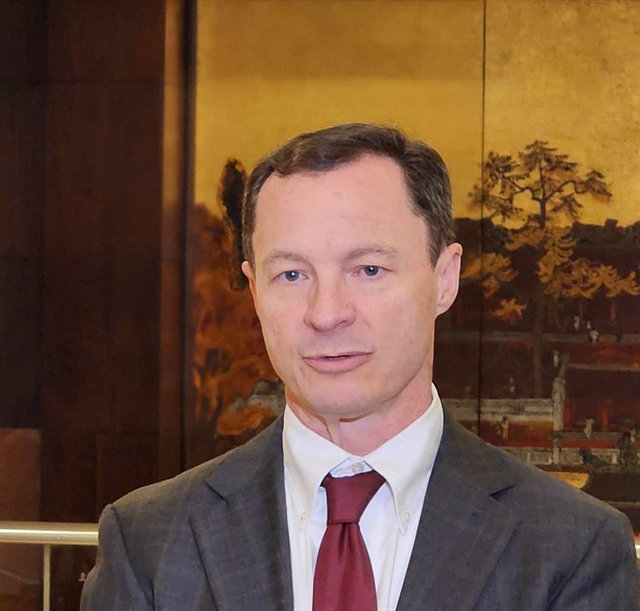 |
| US Agricultural Counselor to Việt Nam Ralph Bean. — VNS Photo Lê Việt Dũng |
The US Department of Agriculture and Việt Nam's Ministry of Agriculture and Rural Development are working to finalise the details of the Fertilizer Right Project that was launched in 2023 in the country.
US Agricultural Counselor to Việt Nam Ralph Bean talked with Việt Nam News reporter Lê Việt Dũng about the prospects for bilateral agricultural trade and the impacts of the project on farming practices in Việt Nam.
How can American farmers and businesses tap into the growing demand for agricultural products in Việt Nam?
Việt Nam, as a market for agriculture, has a tremendous amount of potential. It's a middle-income country that's growing quickly. As incomes continue to go up, Vietnamese consumers will be upgrading their diets.
One of the very first opportunities that appears for us is in the feed sector. Việt Nam's animal agriculture is growing rapidly, as Vietnamese people consume more meat and protein in their diet. And there's a limited amount of land so we can assist Vietnamese animal growers by providing quality feed ingredients.
We also export a lot of genetics, so that they can get more out of their animals. We can also supply that need directly with more exports of meat, poultry, and dairy products.
In the longer term, Vietnamese consumers are going to start looking for new tastes, something novel that they haven't seen before.
Việt Nam and the US, our agricultural economies complement each other well in that respect. Việt Nam exports a lot of things we don't have: pepper, robusta coffee, cashew nuts. The US also has a lot of things that Việt Nam doesn't have and that can allow Vietnamese consumers to try some new tastes.
You have cashews, we have walnuts, pistachios and almonds; you have dragon fruits, lychees and mangoes, we have apples, pears and peaches. In the long term, it's a complementary relationship. I'm very optimistic.
What are the key challenges American businesses face when they try to enter the market?
It's distribution, a challenge in any agricultural trade situation. It's finding importers and distributors in the country who understand the market they're selling to and their products and business practices.
Those people who do the importing and distributing take on a lot of the business risk. So they're incredibly valuable and important to making trade happen.
What do you think about the current use of fertilisers in Việt Nam?
The current state of fertiliser use in Việt Nam is good and the country is moving more strongly towards organic types of fertilisers. That's a great trend. We're hoping to take advantage of that.
One of the things that the project will do is identify more opportunities. As Vietnamese farmers are very much open to the idea, we just have to identify things that they can pursue and present those to them as options.
In a lot of ways, any project like this is going to work best when it takes advantage of the wisdom and understanding of the farmers themselves.
What are the challenges for Vietnamese farmers to reach the right use of fertilisers?
Information is the single biggest challenge. That's why we need to identify different groups of farmers, different communities, different soil types and what are the best alternatives for them.
The biggest challenge is the diversity of the land and making sure that we have solutions that are appropriate to the specific circumstances.
What can this project do to help improve the quality of agriculture in Việt Nam?
By giving more information to farmers in terms of timing and the use of fertilisers, the project allows them to use less. That's the main objective here.
It's by targeting the objective so that it has more impact: they can use less fertilisers and reduce costs of production and runoff. It's not that the farmers don't know but it's that they don't have the precision information.
The more precise they can get, the better they time, the better they allocate the use of fertilisers, the more impact they will get out of it and the less they need to use.
And again, that's a mutual benefit. There's less greenhouse gas emissions, less runoff, also less costs. For the farmers, every ounce of fertilisers is a cost to them. We are looking for the perfect balance.
The soil nutrition map is a tool in the project. How does it contribute to rice production in Việt Nam?
The soil nutrition map is part of what we were talking about in terms of identifying techniques and methodologies that will allow Vietnamese farmers to use fertilisers better because the fertilisers that you need are by definition dependent on the condition of the soil.
Different kinds of soils have different nutritional deficiencies, and the fertiliser is meant to offset that. When you use a single type of fertiliser for all soil types, then you end up wasting nutrient material trying to meet deficiencies that don't exist in a particular place.
That can also result in runoff and the growth of plants that you didn't want and generate greenhouse gas emissions. So the soil map is something that was particularly of interest to the Ministry of Agriculture and Rural Development. It's a guide to help farmers choose which types of fertilisers and which combinations of nutrients would be most appropriate for the particular types of soil that they're working with on their particular farms. — VNS
.jpg)
